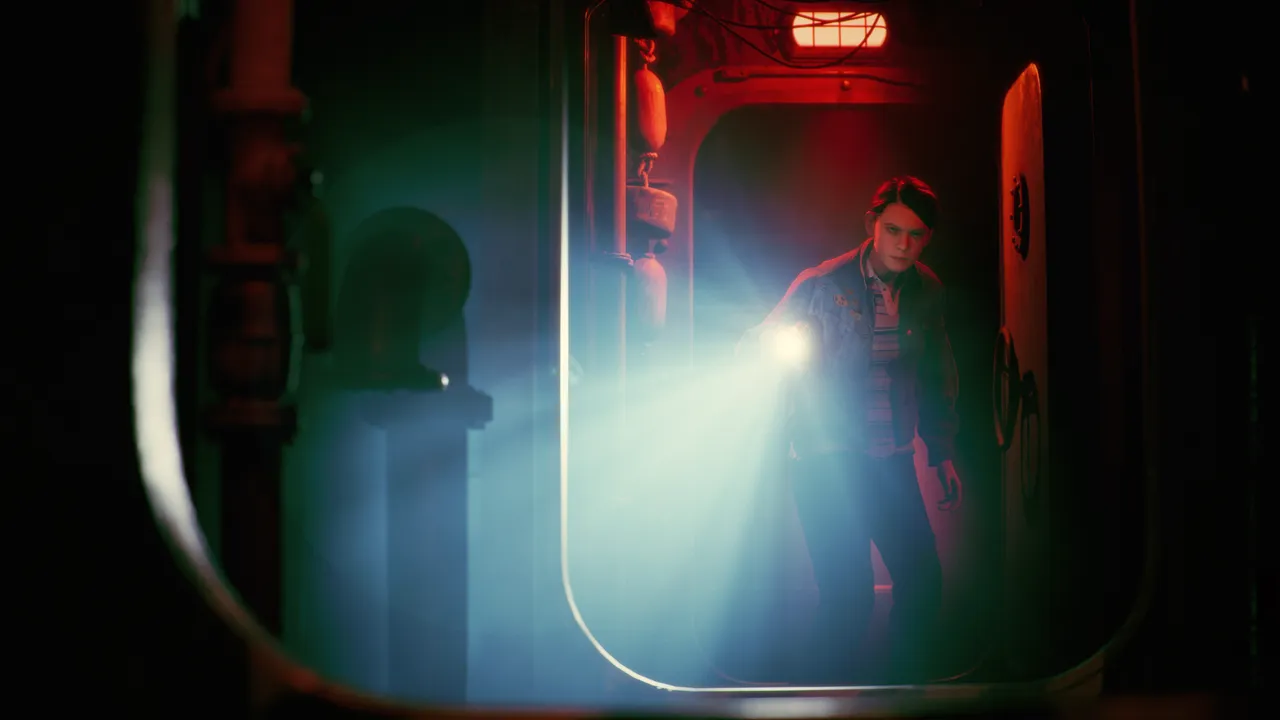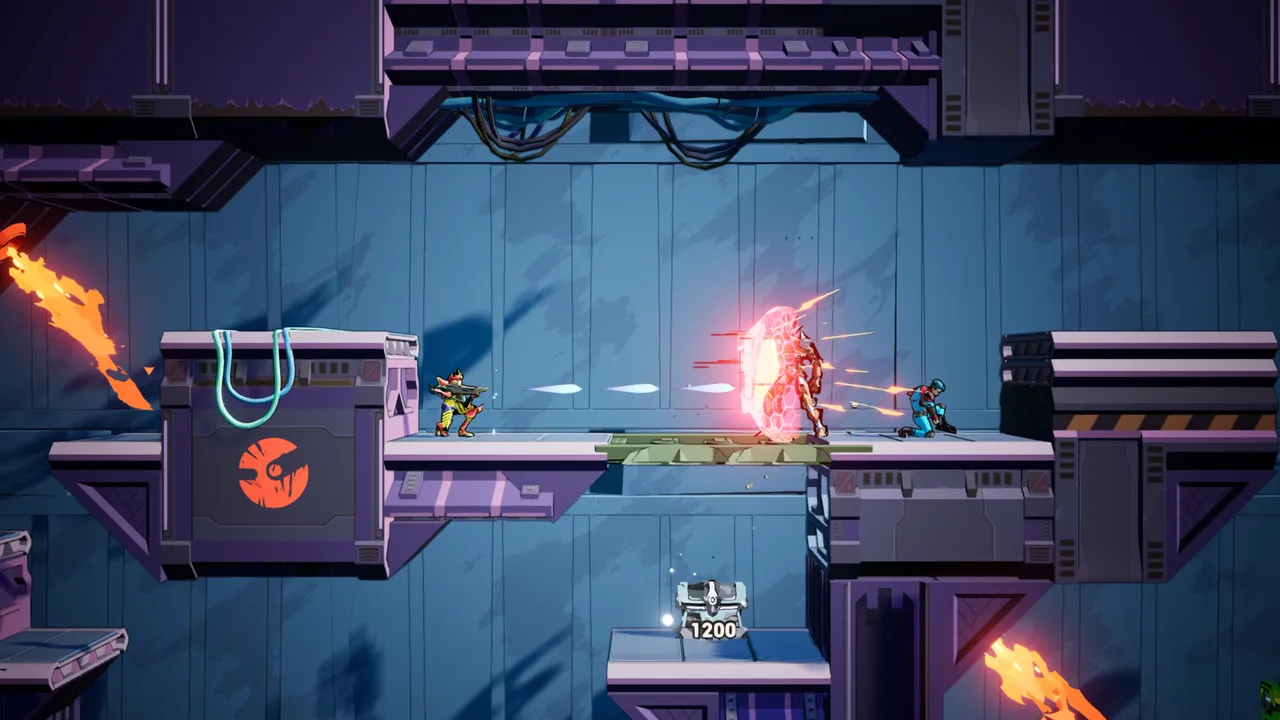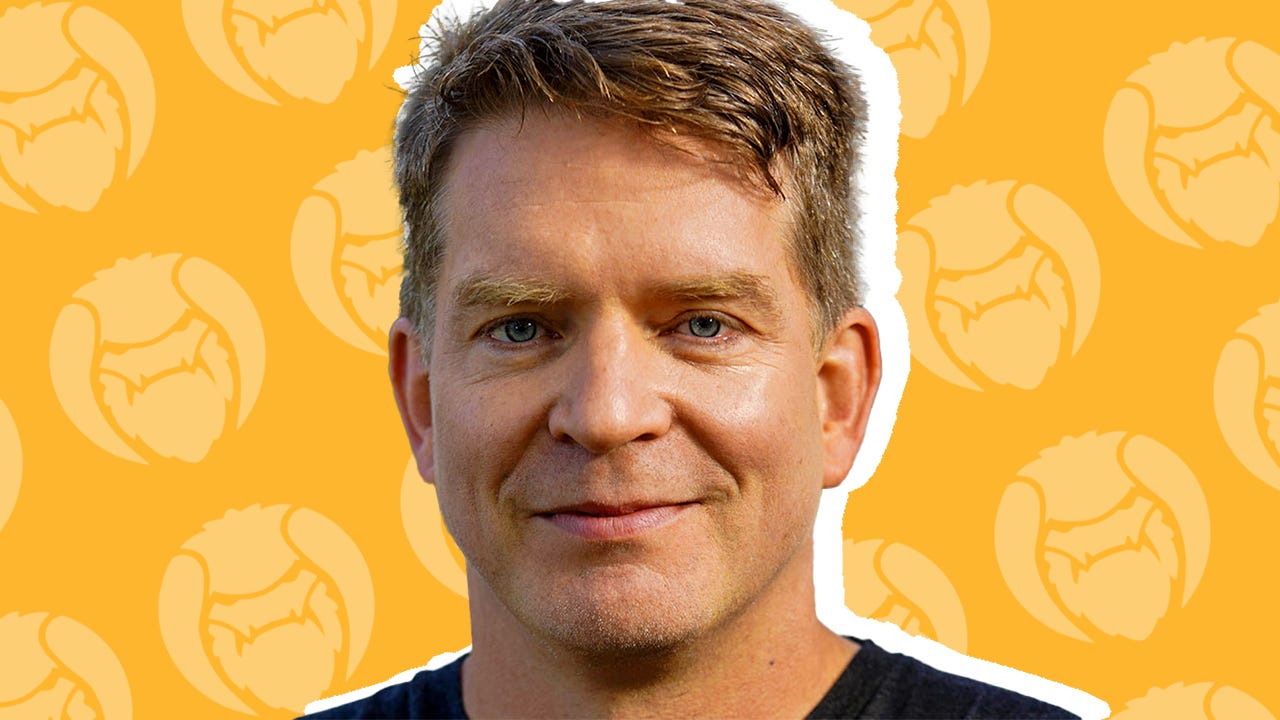Is ProbablyMonsters’ unique studio structure ‘sustainable’?
ProbablyMonsters’ promise of sustainable triple-A game design is being put to the test.
At a Glance
- Game studio ProbablyMonsters was formed to unite many studios under one parent company with the promise of sustainability.
- But the triple-A studio has laid off workers since its founding in 2019, even after raising millions in capital.
- CEO Harold Ryan says there's been "accountability" for the layoffs, and sustainable triple-A studios are still possible.
In 2016, former Bungie CEO Harold Ryan formed the company ProbablyMonsters, a new kind of triple-A game company that would house multiple game studios, providing centralized services for a number of different types of projects. The plan was for these games to be published by unnamed external partners, spreading out the risks of triple-A development while preserving the team sizes needed for big budget games. The company would be a "stable home" for game developers.

That plan has been put to the test over the last 9 years—and the company still hasn't released any games. It shut down two projects in 2024 and 2025 despite raising hundreds millions in funding over the years. Sony Interactive Entertainment purchased one of its subsidiaries, Firewalk Studios, only to shut down the company after its years-in-development live service shooter Concord launched to dismal sales.
That track record raises a question: is Ryan's dream of "sustainable" triple-A game development actually possible?
In an interview with Game Developer, the answer was a firm "yes." Ryan spoke to Game Developer on the eve of the company revealing its first projects to hit the market: a co-op side-scrolling roguelike called Storm Lancers on Nintendo Switch (not the Switch 2—though it will be available there via backwards compatibility) and Ire: Prologue, a first-person psychological horror game for Steam and the Epic Game Store. Both games will retail at the decidedly not-very-triple-A price of $19.99.
Ryan seemed passionate about that price point, drawing a line to how it connects to ProbablyMonsters' new vision for triple-A projects. But passion doesn't account for the fact that to get to this point, he and the leadership team laid off at least 50 workers along the way.
Most CEOs we ask about layoffs shy away from the topic, quickly falling back on PR talking points. Ryan took the unusual step of raising the layoffs unprompted early in our conversation. He did so in part to lay out what's changed since he shared his vision for triple-A development in a 2020 blog—and why the economic havoc caused by the COVID-19 pandemic and its aftereffects (which were warming up as he wrote that post) upended how he thought the next few years would play out.
He argued ProbablyMonsters is on the path to sustainability—but a different kind than what he envisioned five years ago.
ProbablyMonsters was founded in an age of robust third-party publishing
Initially Ryan attributed the 2024 and 2025 layoffs to the fact that the video game market "moved on and evolved." That phrase echoes what we've heard from other industry leaders describing changing player tastes, competition from user generated content (UGC) platforms, and post-lockdown personal finances.
On follow-up, Ryan clarified he was referring more to the state of games funding. "For many of the games, the primary biggest issue was they were built at a scale where they needed a level of funding to finish the game to take it from vertical slice…the way our teams were set up, it was designed to be funded by a publisher. The business model shift in the industry has been pretty drastic across the board as well."
The CEO was careful to avoid specifying if any publishing deals were canceled, reneged, or ended for other means. "I would say that the viability of the offers from publishers didn't support…going in that same direction," he said. He added later that finding new publishers has been difficult because there are fewer and fewer of them. "Two of what were the top seven publishers in the world aren't independent publishers anymore. Microsoft bought Zenimax and Activision Blizzard."
As for whether the games could be reworked to ship without a publisher—he said that wasn't possible. "We couldn't responsibly bring [those games] to market without a triple-A publisher."
But couldn't they? They raised millions in capital after all. "A lot of games, as you launch them, you need to be able to service them and the scale of the market it's shipping into. You need to continue to ensure the delight of your fanbase," said Ryan. "You need to make sure that not only can you get the game built and launch it, but you can also support it."
Ryan did not indicate if these games were live service titles or if he was referring to post-launch maintenance of single-player games, only that the plan had been for an external publisher to offer resources and fund such an initiative.

Image via ProbablyMonsters.
That raises the question: what about the people who set up the teams in that format? What accountability did ProbablyMonsters leader face for laying off workers?
Ryan spoke carefully in response to that question. "I do feel like there has been accountability. As CEO, I bear the brunt of the accountability across the board. It's not easy to have gone through that cycle when you're looking at a game and it's just not fundable…as they were in a place where they needed a publisher to be a viable game in the marketplace."
He said management "did try" to press on with the canceled games, implying there was research into whether they could take some of the planned live service titles and ship them as standalone retail products.
As for whatever consequences management faced—he first prefaced by saying that ProbablyMonsters leadership is "directly engaged." (He said no one on the leadership team is relaxing on a beach, waiting for the checks to come in.) Then he declined to state if anyone had been laid off with the affected workers.
"I never want to make public statements about if anyone's ever held accountable to the point where they're released for that reason. I think it hurts their opportunity to learn from it and find another role," he said, noting that for some individuals, the responsibility went all the way back up to the unnamed publishers who stopped funding the games.
What does sustainability look like for ProbablyMonsters?
Ryan explained that while plenty has changed since his public 2020 declaration on the state of triple-A games, he still feels it's a foundation for sustainability. What's changed since then (besides the market) are the realities of implementing sustainability.
One major lesson from the funding frustrations was the decision to ensure ProbablyMonsters's still-in-development games are prepared to make the kind of pivot that the canceled titles couldn't. "A bunch of the games in development today are ones where we looked at the existing teams and said 'hey, if we could pivot you to a new game and get a game out in the next 18 months, what would you do?'"
Meanwhile, the production structure that's come into focus for ProbablyMonsters includes "short-term games, midterm games, and long-term games," with the goal of releasing multiple games a year at different shapes and sizes. Long-term games are ones with extensive research & development cycles, and are meant to be made with "future technology."
Midterm games are ones made with a "deeper bet" on their narrative or "tool chain," but with less R&D than the previous titles. Finally, short-term games are ones where ProbablyMonsters developers looks at the next holiday season and asks "Where do we think there's consumer appetite? Where do we think there's an idea that we have that we're really excited to build with today's tools and technology?"
Stormlancers and Ire: Prologue are examples of "short-term games," though he said Ire: Prologue is meant to be a standalone game that builds excitement for a future game in the same universe. The "next chapter" of that series has already been greenlit, Ryan said. Other ProbablyMonsters developers are working in other genres—one is working on a co-op "soulslike" (for the unfamiliar, a nascent phrase referring to games inspired by the Dark Souls series), an open-world role-playing game, and an "extraction base-builder."

Image via ProbablyMonsters.
"The goal here is to set the teams up in a way that they're sustainably building and launching on a regular basis." That strategy does mirror the "culture of shipping" philosophy we heard about when speaking to developers about the high costs of making games in the United States in 2024.
According to Ryan, ProbablyMonsters no longer believes that triple-A publishers are a "one-size fits all" approach for the company, and it's now racing to ensure it has positive revenue. When asked if ProbablyMonsters' investors were focused on finding a profitable exit, he said that the company's backers are "100 percent aligned" with his goal of building a sustainable studio.
"The biggest pressure I take on as the CEO is the livelihoods of the employees in the company." ProbablyMonsters' end goal is to "delight the consumer," but he said the means to do that is to make a "predictable, successful, and respectful place for game developers to work."
"The real hard part for everyone in the industry today is the business model. The environment has evolved so much, and the business model has changed so much that it's been hard to maintain the same structure. In those structural changes, there's the hope that everyone can find a meaningful, engaging, respectful job they enjoy and love—that should be the driving impetus for everyone that's a CEO at a company anywhere."


